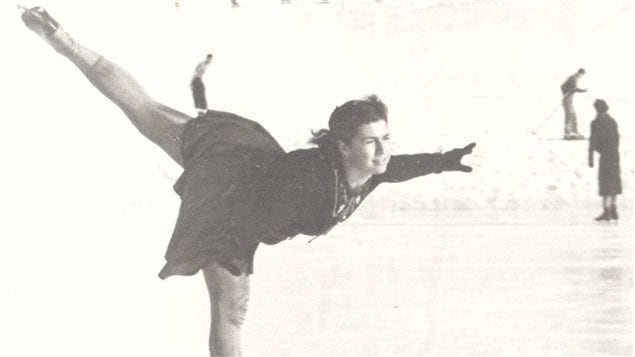Many Canadians love to watch figure skating competitions but may not realize that some immigrants played prominent roles in the sport. Canada’s immigration museum is teaming up with a non-profit group that promotes figure skating to bring their stories to the public.
The Canadian Museum of Immigration at Pier 21 is located in the eastern city of Halifax at the place where one million immigrants arrived in Canada between 1928 and 1971. Its website notes “Canada has been profoundly shaped by immigration” and the museum aims to “inspire and enable Canadians to explore their relationship with those migrations.”
Figure skaters, coaches and builders featured
The stories of pioneering figure skaters, coaches and builders will be featured in a temporary exhibit from January 16 to March 20. Called Perfect Landings, the exhibit will coincide with a major skating championship hosted in Halifax this month.
There will be a biographical film about figure skating coach Ellen Burka, a Holocaust survivor who emigrated to Canada in 1851 and trained some of the best-known Canadian skaters. It will feature artifacts like Victor Kraatz’s “Riverdance” costume from the 1998 Olympics, Petra Burka’s 1964 Olympic bronze medal, and skates crafted by Starr Manufacturing in the 1980s.
‘Creating a nation of skaters’
The exhibit is presented in partnership with Skate Canada, a non-profit which bills itself as the oldest and largest figure skating organization in the world. It is the governing body for figure skating in Canada. As the country’s largest organization dedicated to teaching the sport, it says it is “dedicated to creating a nation of skaters both recreationally and competitively.”
In winter, skating enthusiasts can skate outdoors in rinks that are created in parks. Usually there is one for those who want to play hockey and another for everyone else. But figure skating is easier in large indoor arenas which are open to the public for certain hours of the day. That is also where lessons are held and where elite athletes train.







For reasons beyond our control, and for an undetermined period of time, our comment section is now closed. However, our social networks remain open to your contributions.